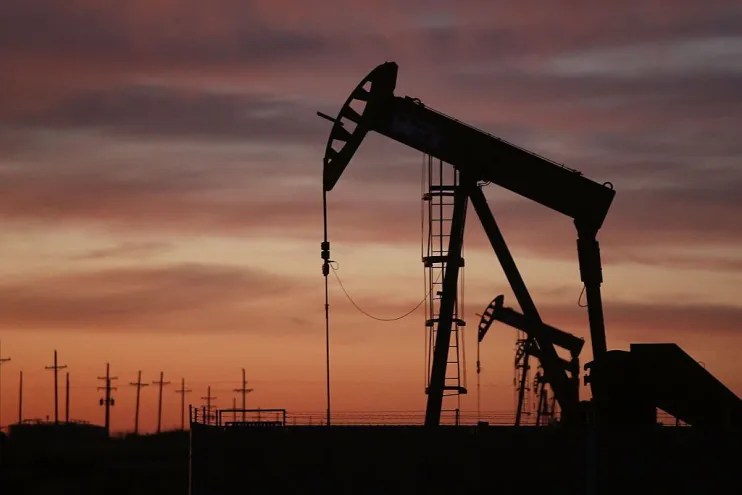Russia oil exploration hits record levels as Putin fights sanctions with drilling

Despite being economically hamstrung by ever-tightening Western sanctions, Russia has made good on its reputation to indefatigably survive and nowhere is this truer than its oil trade.
When news broke towards the second half of last month that the country would join OPEC ally Saudi Arabia in further cuts in oil production, an additional 50,000 barrels a day on top of 300,000 already promised, it could have been interpreted as a sign that the country was struggling.
But Kpler data shared with City A.M. shows that 2023 was the most active drilling year for Russia through the first 11 months, with a total depth of 28,100 km.
If December’s expectations are met, that would beat the post-Soviet era record of 28,400km achieved in 2022.
Vladimir Putin, Russia’s longstanding leader, is trying to drill his way sanctions-led hole.
On an average per-month basis, 2023’s rate is higher than three of the past four years’ 12 month totals.
While Russia’s current production remains hampered by the OPEC restrictions, it is drilling as much as it can to boost its inventories for when cuts are relaxed or ceased altogether.
Part of this work involves prospecting for the future.
Historically, the country has drilled down heavily on a bevy of gargantuan oilfields discovered in the Soviet-era such as Samotlor and other areas across the West Siberia and Volga-Ural regions.
But now it seems the world’s third largest crude oil producer will likely have to focus on drilling volume over hitting the black gold jackpot.
And the data proves it; exploration drilling during the summer months in 2023, after the frozen winter ground has softened as much as it can within the year, was in some instances double the time period for the four years before.
“Most of the 3.5bn barrels of oil discovered last year came from small and medium-sized fields, the largest holding only 65m barrels of reserves,” Kpler’s lead analyst Viktor Katona told City A.M.
“So after years of tapping into Soviet-era giant discoveries, the times has come for Russian companies to grow their reserves by examining existing projects and look to tie smaller fields into the existing infrastructure.”
Russia is likely to see its own shale oil boom in the future as huge untapped reserves sit across the country but currently cannot be extracted due to lack of expertise and technology to extract profitably at scale.
And just as Russia is implementing a strategic pivot point for its future, the U.S might also be facing one imminently.
For the past 15 years, the country has enjoyed unmatched dominance in the shale oil market, enabling it to aggressively churn record-beating production numbers – reaching 13m barrels a day in 2019, a record that was broken just last month.
Like with anything, however, the good times cannot and do not last forever, a point speculators and sceptics of the U.S’ oil future have been keen to raise and re-raise in the recent past.

The EIA too has echoed muted observations that the country’s oil boom will slow, with the agency predicting still record-breaking output through the next two years, but at a slower rate.
In its U.S. Short-Term Outlook released earlier this month, the body said crude production will rise by 290,000 barrels per day (bpd) to a record 13.21m bpd this year, driven by the efficiencies of existing wells.
But the country will likely be drilling significantly less in the coming years. In part this is down to the expectation of major U.S oil companies to prioritise steady over maximum production.
Neatly, this strategy also establishes a strong hand over supply and therefore pricing dynamics to the benefit of producers.
“Prolong the bountiful years for as long as possible,” one oil analyst told City A.M.
This rings particularly true in a presidential election year where the likely opposition candidate is so strongly diametrically opposed to the incumbent on matters of climate change and the role of polluting industries.